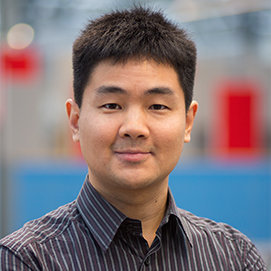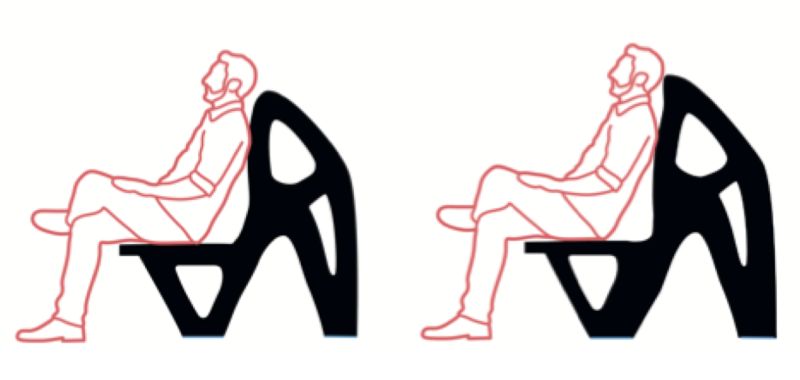Structural optimality vs aesthetics. Wouldn’t it be wonderful to achieve both?
Which of these two chairs do you find to be more beautiful?
Wouldn’t it be wonderful if you could achieve structural optimality and visual appeal at the same time? Well, the recent work of IDE researchers Jun Wu, Paul Hekkert, and DfI master’s students Shannon Loos, Sytze van der Wolk, and Nina de Graaf demonstrates that it is possible. Through their research they have shown that the aesthetic principle of Unity-in-Variety is effective in enhancing the perceived beauty of computer-generated forms.
To find out how and to dig deeper into their research, be sure to read their paper, “Towards intentional aesthetics within topology optimization by applying the principle of unity-in-variety”. It was published last week in the journal of Structural and Multidisciplinary Optimization and it was co-authored by Shannon Loos, Sytze van der Wolk, Nina de Graaf, Paul Hekkert, and Jun Wu.
This research is an important step in human-centred generative design.
Assistant Professor Jun Wu
Topology Optimization
Topology optimization, also increasingly known as generative design, is a computational form-finding approach. Based on specifications from the designer, it generates efficient forms that maximise the intended function of a product. For instance, when designing a chair (like the one seen above), the computer algorithm can generate various structural forms that support the weight of a person sitting on the chair. However, while computers can evaluate structural optimality, they hardly understand aesthetics. Consequently, the computer-generated forms may be excellent from a structural perspective, but do not appeal to users.
About the authors
Three of the five authors, Shannon Loos, Sytze van der Wolk, and Nina de Graaf, are currently master’s students in the Design for Interaction programme at IDE. They were first introduced to the above-mentioned topic in the Context and Conceptualization course (C&C, ID4216) in 2020. After exploring the topic during C&C, they continued and finalised their research as research interns with IDE Assistant Professor Jun Wu. The remaining two authors are IDE Professor Paul Hekkert and Assistant Professor Jun Wu.

Jun Wu
- +31 (0)15 27 84858
- j.wu-1@tudelft.nl
- Personal webpage
-
Room 32-B-3-030
"Make things as simple as possible, but not simpler." - Albert Einstein

Paul Hekkert
- +31 (0)15 27 81346
- P.P.M.Hekkert@tudelft.nl
-
Room C-3-110
"Demystifying human experience makes life beautiful and exiting."
